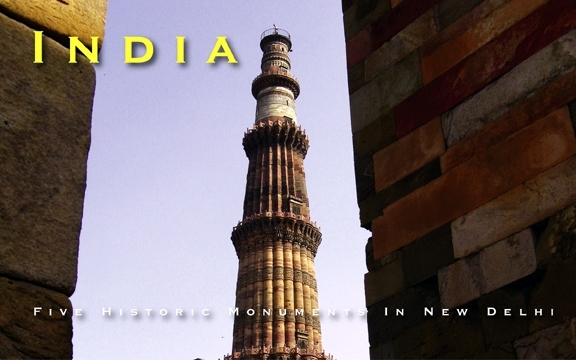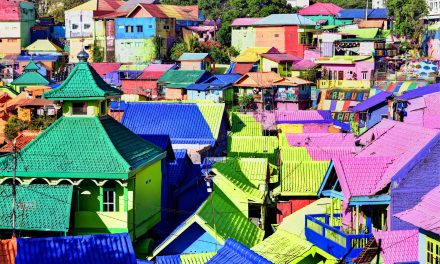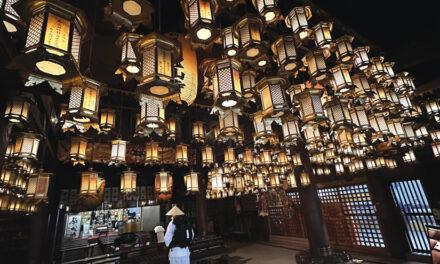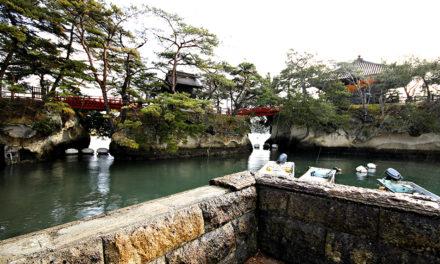India
Five Historic Monuments In New Delhi
by Rohit Agarwal
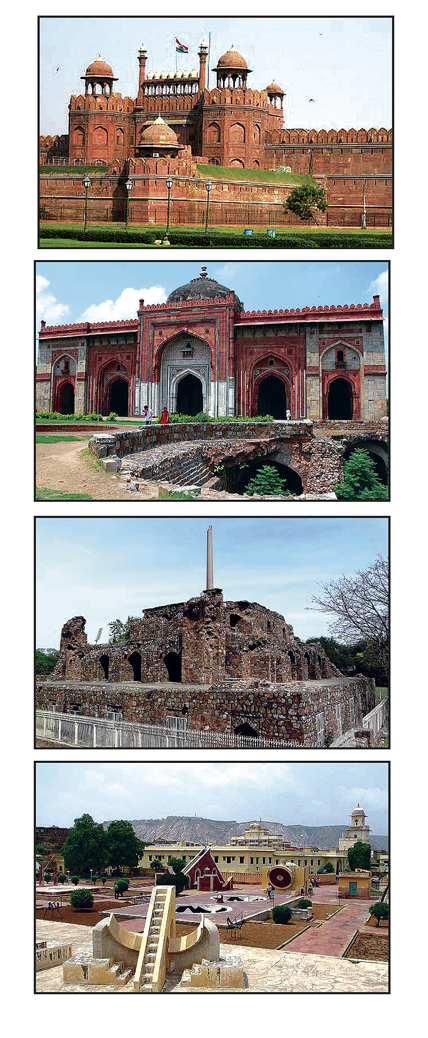
India’s capital New Delhi has a rich history associated with it. The city traces its history to the famous epic Mahabharata. It came under the rule of various empires and had been witness to the rise and fall of famous dynasties. There are a great number of historic monuments in Delhi that speak volumes of the architectural skills of various empires. Given below are 5 historic monuments in the capital city.
1. Qutub Minar
Yet another historic monument to be designated the status of World Heritage Site is the famous Qutub Minar, which belongs to the 12th century. The 73 meter high tower was built by Qutub-ud-din Aibak in the year 1193 to commemorate the victory over the last Hindu kingdom of Delhi. However, this is only one version of the two that prevails about the history of Qutub Minar. It is said that the tower was built to serve as a minaret to those who follow Islam. India’s first mosque Quwwat-ul-Islam, was built at the foot of the tower. Though the construction was commenced by the first Muslim ruler Qutub-ud-din Aibak, it was continued by Iltumish, his successer and was completed by Firoz Shah Tughlak in 1368.
2. Red Fort
Designated the status of world heritage site by UNESCO, Red Fort, which is one of the most popular historic monuments in Delhi. The 17th century fort was constructed by Shah Jahan on the banks of River Yamuna. The fort was the residence of the Mughal emperors ever since it was constructed in 1648 till the fall of Mughals in 1857. The 2.5 km length and 33m height of the wall looks all powerful and awe-inspiring. The fort spells grandeur in its every inch. No wonder it took 9 years to complete the construction of the fort. Diwan-i-Aam, the Hall of Public Audiences and Diwan-i-Khas, the Hall of Private Audience, Pearl Mosque and Rang Mahal are some of the famous monuments inside the fort. In the Hall of Private Audience was the famous Peacock throne, which was taken away by Nadir Shah, the Persian invader when he invaded India in the year 1739.
3. Purana Qila
Purana Qila, the 16th century fort, is considered to be one of the oldest forts in India. It gains more importance among all other forts in Delhi as it is considered to be located on the site of Indraprasta, which was the capital town of the Pandavas of Mahabharata. The construction of the fort was started in the year 1533 by Humayun, the second Mughal emperor. It was completed in the year 1538. The size of the fort can be gauged by the fact that its walls run for around 1.5 km. Sher Mandal and the mosque Qila-i-Kuhna are among the famous monuments inside the fort. The archaeological museum inside the fort houses Mughal artefacts. Light and Sound Show is conducted here every evening.
4. Ashoka Pillar
Ashoka Pillar also called the Iron Pillar is a classic example of the knowledge on metallurgy possessed by the metallurgists of the bygone era. The 4th century construction stands tall and proud even after 1600 years with no rust or decomposing to display the signs of aging. The mystery associated with Ashoka Pillar is very engaging as well. It is said that though the pillar is now in Delhi, it was in Madhya Pradesh that the pillar was originally constructed. It is said to have been erected during the rule of Chandragupta the Second.
5. Jantar Mantar
Jantar Mantar, the famous observatory, was constructed in the year 1724 by Maharaja Jai Singh the Second of Jaipur. The king went on to build four more astronomical observatories in India. Jantar Mantar in Delhi is the largest of its kind in the country. Out of the 13 architectural astronomy instruments here, sun dial attracts the most. The accuracy with which the sun dial calculates the time of the day is interesting. The longest and shortest days of the year is recorded by the two pillars here. Jantar Mantar is a must-visit site in New Delhi even for those who lack the interest in astronomy.
Author Bio
Rohit, an architect by profession, often indulges in his passion to travel and learn about places that fascinate him. He loves to blog about all the places he had visited at http://www.transindiatravels.com . He is a voracious reader as well and any interesting information he gains on a subject is shared with his readers.
www.incredibleindia.org/en

